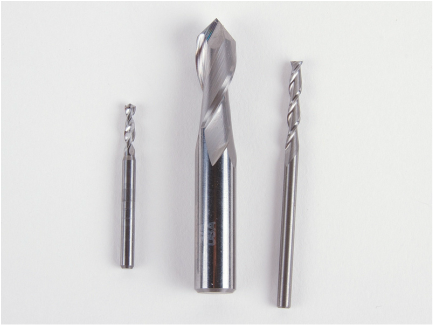The AM industry has recently been focusing more on the possibility of using additive manufacturing processes to produce high-resolution, geometrically complex ceramic objects that can be used for the manufacturing of high-performance prototypes and even final components. HotEnd Works, an Illinois company founded by Benjamin Becker focusing on the production of engineering-grade 3D printed ceramic components, is taking a new stab at this very strategic sector after announcing a new 3D printer which uses an innovative, patent-pending process called Pressurized Spray Deposition (PSD).
The process is a mix of fused deposition modeling and binder jetting, with the added effects of pressure. The system basically sprays the parent material, that is powdered ceramics, from one nozzle and a polymeric binder from another nozzle (which also serves as temporary support material of overhangs and other intricate shapes). These combine to form an object’s layers, while the pressure pushes the ceramics form each new layer into the previously deposited one, thus reducing impurities and assuring a higher final-quality for the component.
The HDfab machine, which is expected to be available in early 2016 and to retail around $50.000, will face-off against other projects plan to use advanced ceramics as their primary materials. These include Lithoz’s very high-resolution LCM (lithography-based Ceramics Manufacturing) for the CeraFab 7500 system presented in 2013, as well as Prodways’ new V-Series range of industrial grade 3D printers, which can use a variety of materials, including PLASTCure zirconia ceramics through a modified version of DLP technology.


Ceramics are considered to be a highly strategic area of growth for industrial 3D printing applications. However, the entire concept of using more “noble” materials, while exploiting 3D printing’s unique geometrical possibilities is well known and any new venture in this direction will be serve to widen 3D printing adoption on many levels.



